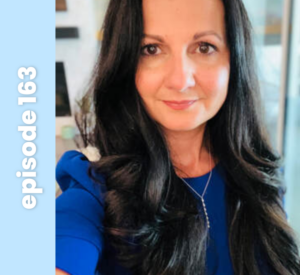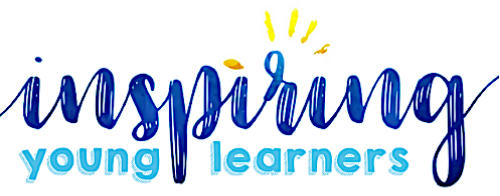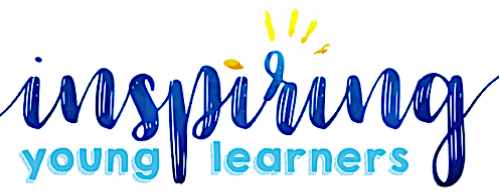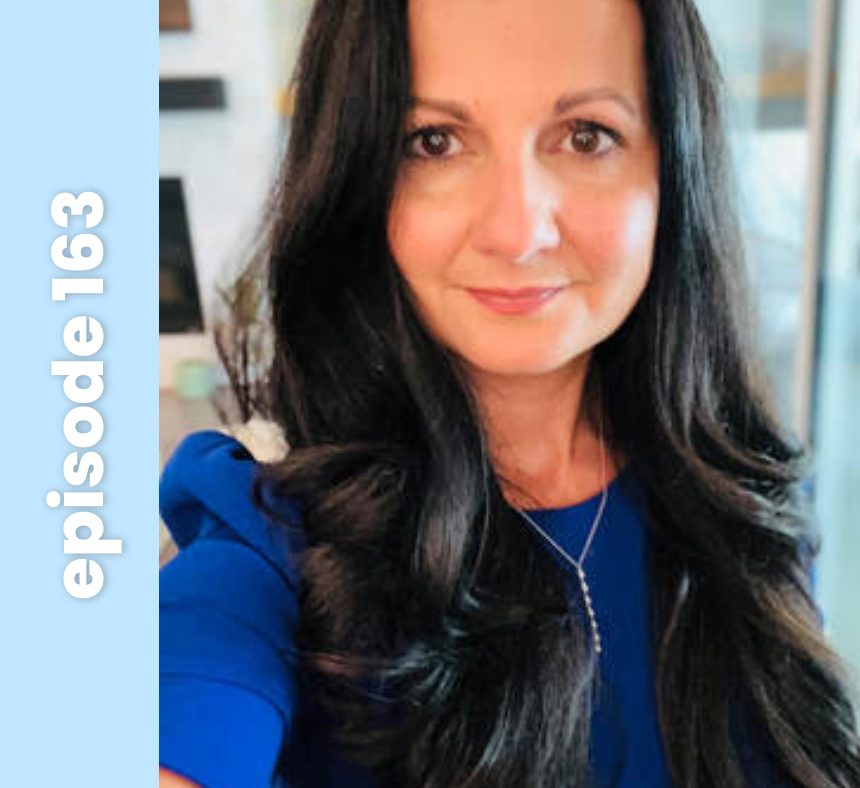
Valentina, a former ELL herself, draws from her experiences as an ESL teacher, facilitator, and consultant to highlight how schools can shift from seeing multilingualism as a deficit to celebrating it as an asset. Her mantra, “ESOL is not an intervention,” has resonated with thousands of educators, sparking important conversations about the role of language in learning.
Listen in to Episode 163 here!
Why ESOL Is Not an Intervention
The Power of Cultural and Linguistic Assets
Low-Prep, High-Impact Strategies for Educators
- Provide intentional wait time. Allow students to process questions, build courage, and respond thoughtfully.
- Focus on word analysis. Explore prefixes, suffixes, and roots to help students connect words across languages.
- Incorporate visuals and labels. Use images with written labels in students’ native languages to bridge understanding.
The Role of Leadership in Change
Conclusion
Resources:
- Visit Valentina’s Blog
- Purchase one of Valentina’s Books
- Connect with Valentina on Instagram
- Join the Equipping ELLs Membership (We have everything you need for your school year!)
- Shop our TpT Store for Hundreds of ELL Resources
Connect with Beth:
More about Equipping ELLs:
We all know that teaching isn’t easy, but it doesn’t have to be this hard. Equipping ELLs is a podcast for both ESL specialists and homeroom teachers who are looking for effective and engaging ways to support their English Language Learners without adding to their endless to-do list. Tune in each week to hear tips, strategies, and inspirational stories that will empower you to better reach your ELL students, equip them with life-long skills, and strengthen relationships with colleagues and parents.
Your host, Beth Vaucher, is the founder of Inspiring Young Learners. She is an ESL certified homeroom teacher with over 10 years of experience teaching in the US and internationally. Her background of M.Ed in ESL and Curriculum and Instruction combined with her experience has led her to develop a bestselling newcomer curriculum that has sold in over 90 countries around the globe. She brings a different perspective to teaching ELLs from her years teaching and living abroad and working with ELLs from around the world. You will walk away from each episode with the ideas and tools you need to transform your experience as a teacher and cultivate a thriving and welcoming environment for your ELL students.



 Have you listened yet?
In this week's episod
Have you listened yet?
In this week's episod


 New Episode Alert!
Ready to transform your E
New Episode Alert!
Ready to transform your E

 The key to student writing success?
The key to student writing success? 
 TEACHERS—What’s ONE habit that’s change
TEACHERS—What’s ONE habit that’s change
